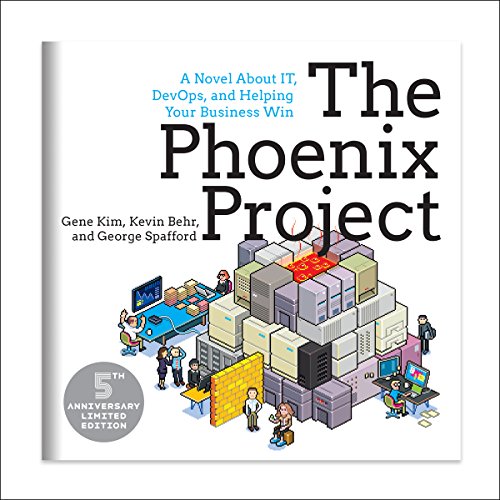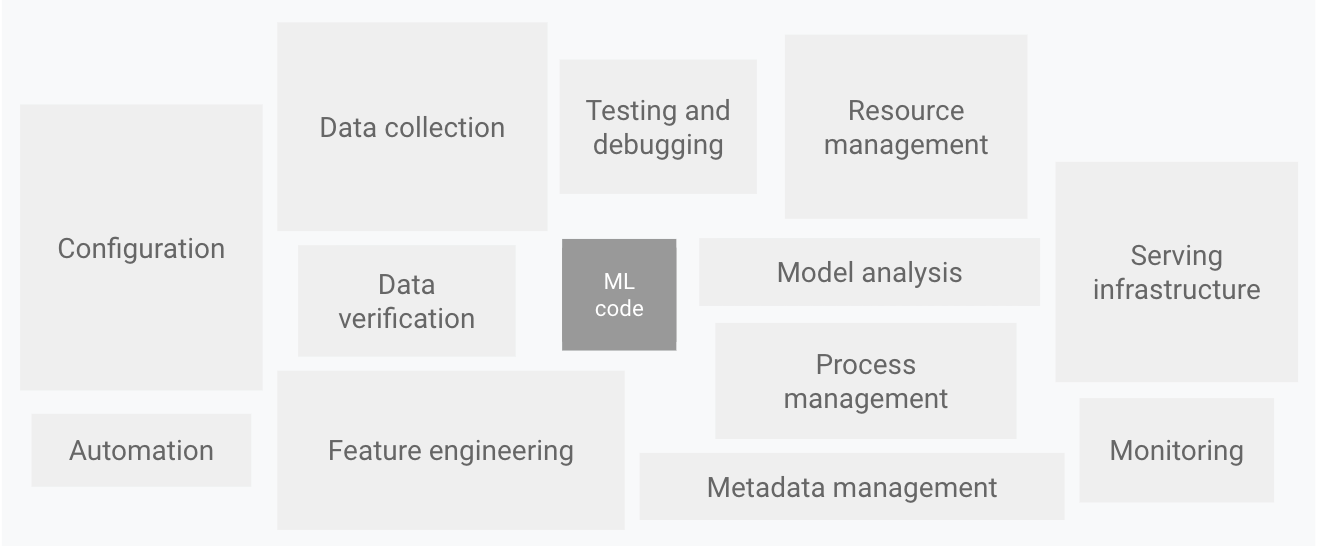%%{init: {"theme": "dark", "themeVariables": {"fontSize": "12px"}, "flowchart":{"htmlLabels":false}}}%%
stateDiagram-v2
state "Mean Time To Restore" as mttr
state "Lead Time To Change" as lttc
state "Deployment Frequency" as df
state "Change Failure Rate" as cfr
state "Productivity" as p
mttr --> p
lttc --> p
df --> p
cfr --> p



























